Weekly Tech Recap - № 204 - Sphero RVR, Galaxy Fold, Xnor-Net, Samsung Blu-ray, shoe bug
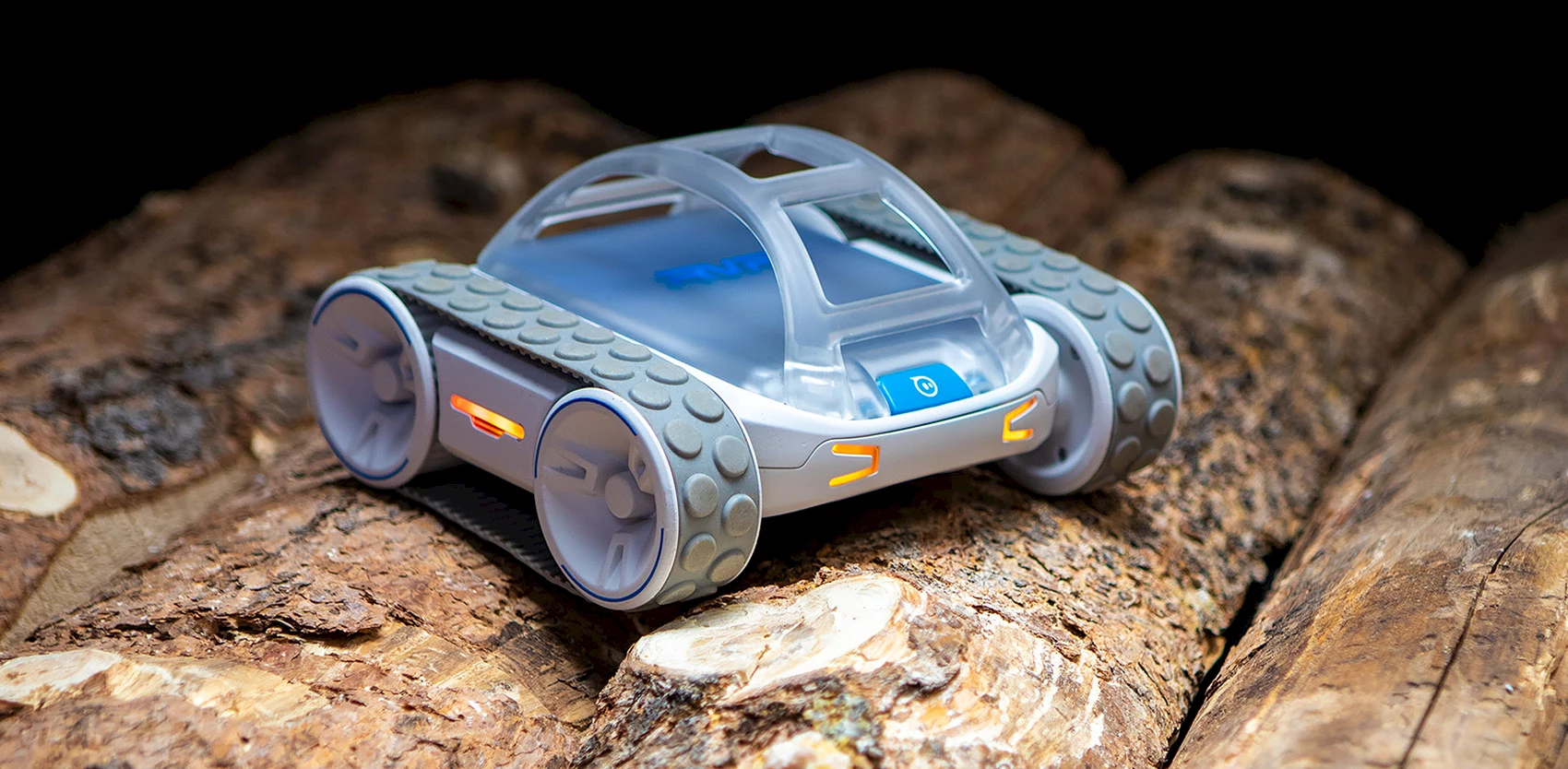
Sphero RVR
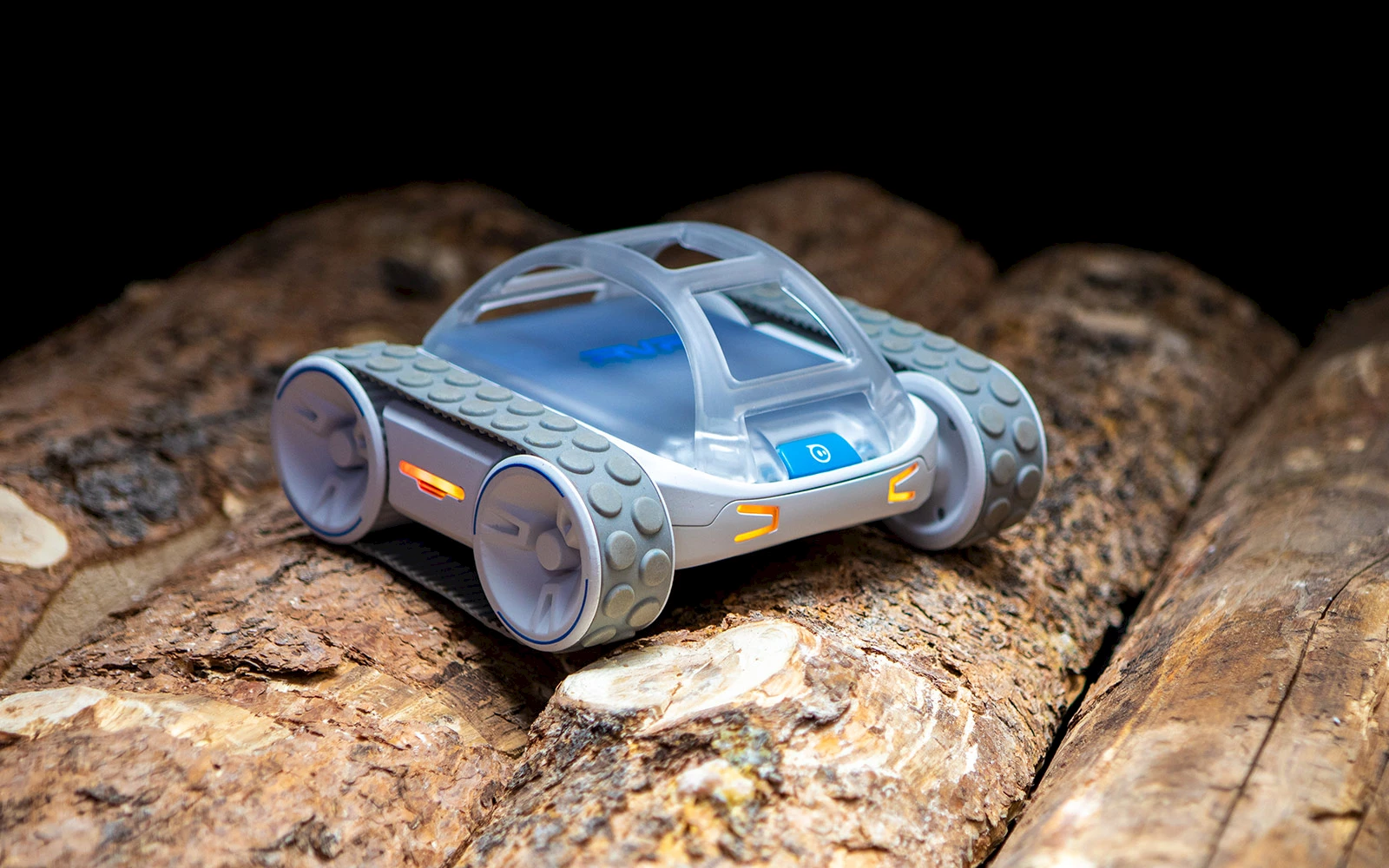
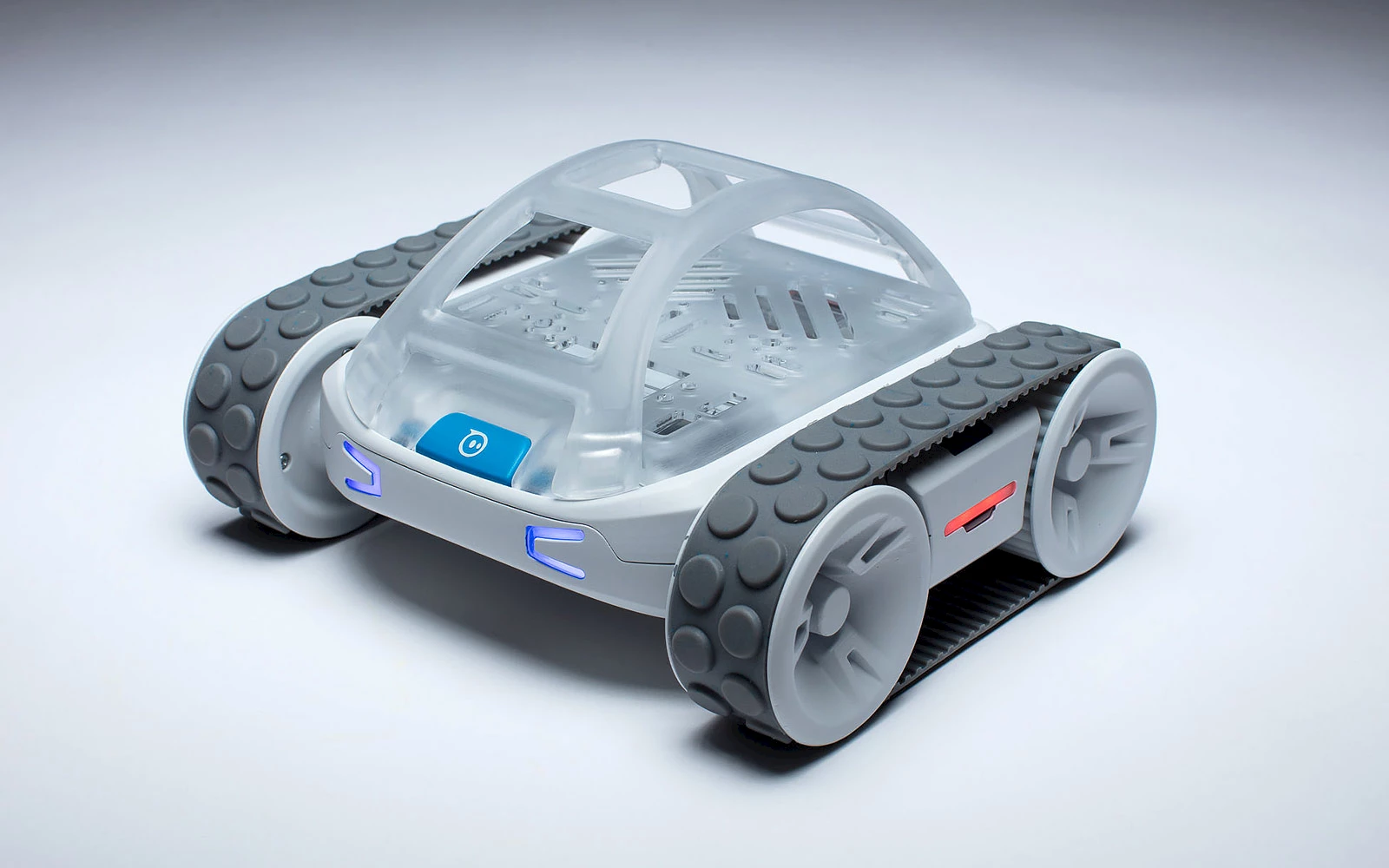
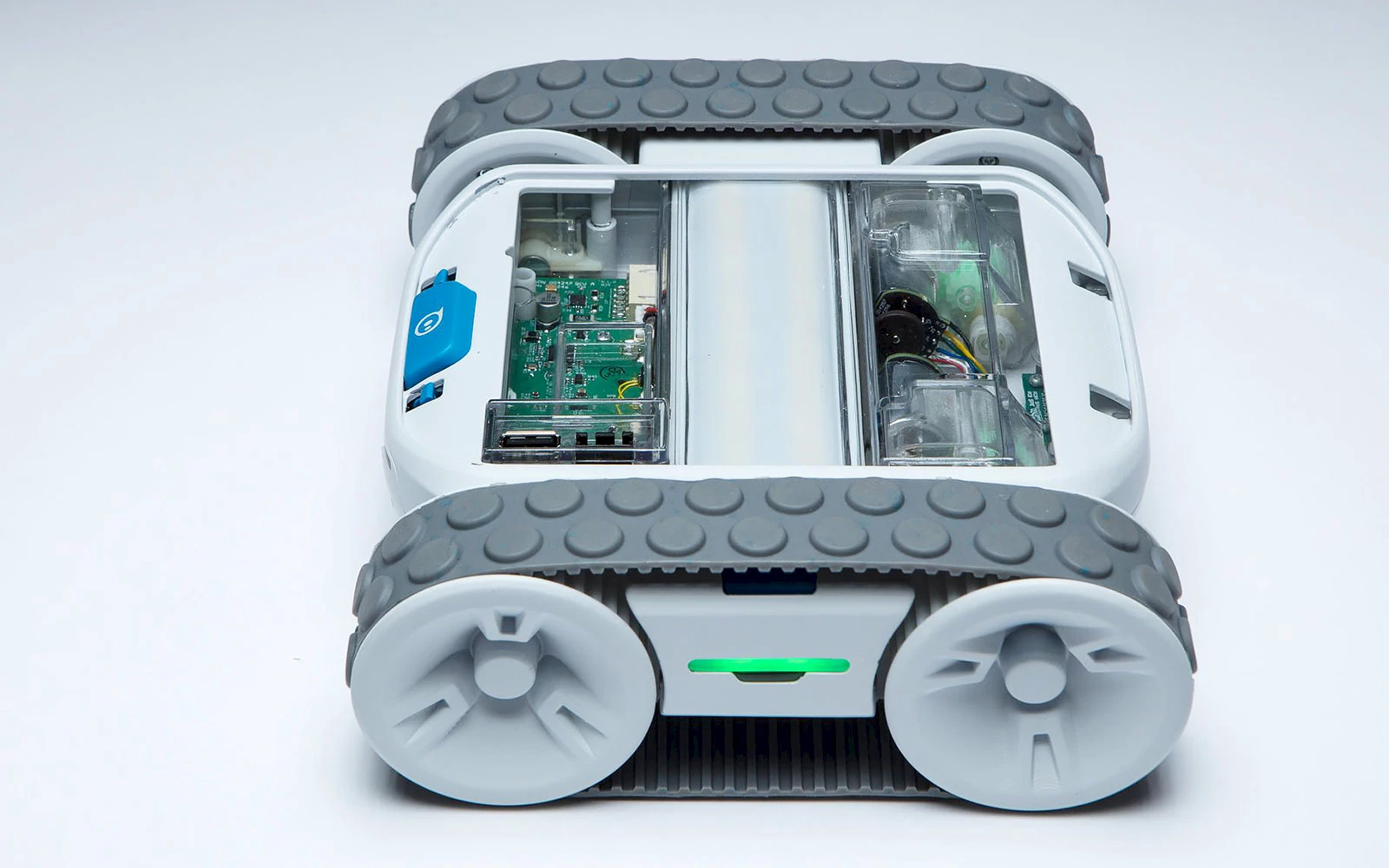
Sphero RVR. © Sphero.
Sphero, known for its ball-shaped educational robots such as the Bolt, has introduced a new robot with a completely different design concept. Called RVR, it is a robust little four-wheeled tank with tracks. Unlike other Sphero robots, the RVR is very expandable: thanks to a universal expansion port (4-pin UART) and integrated power supply (5V 2.1A USB), you can connect third-party hardware like a Raspberry Pi, a BBC Micro:bit or an Arduino microcontroller to extend its capabilities. The vehicle is equipped with built-in sensors, including a sensor that detects the color of its running surface, an ambient light sensor and a 9-axis inertial measurement unit (accelerometer, gyro, magnetometer). The life of the 4,000 mAh swappable battery is approximately two hours. The RVR, priced at 200 USD, is up for crowdfunding on Kickstarter — a first for Sphero (the final price will be around 250 USD). At the time of writing, the company has already collected 389,770 USD vs. its financing target of 150,000 US. Delivery is scheduled for October 2019.
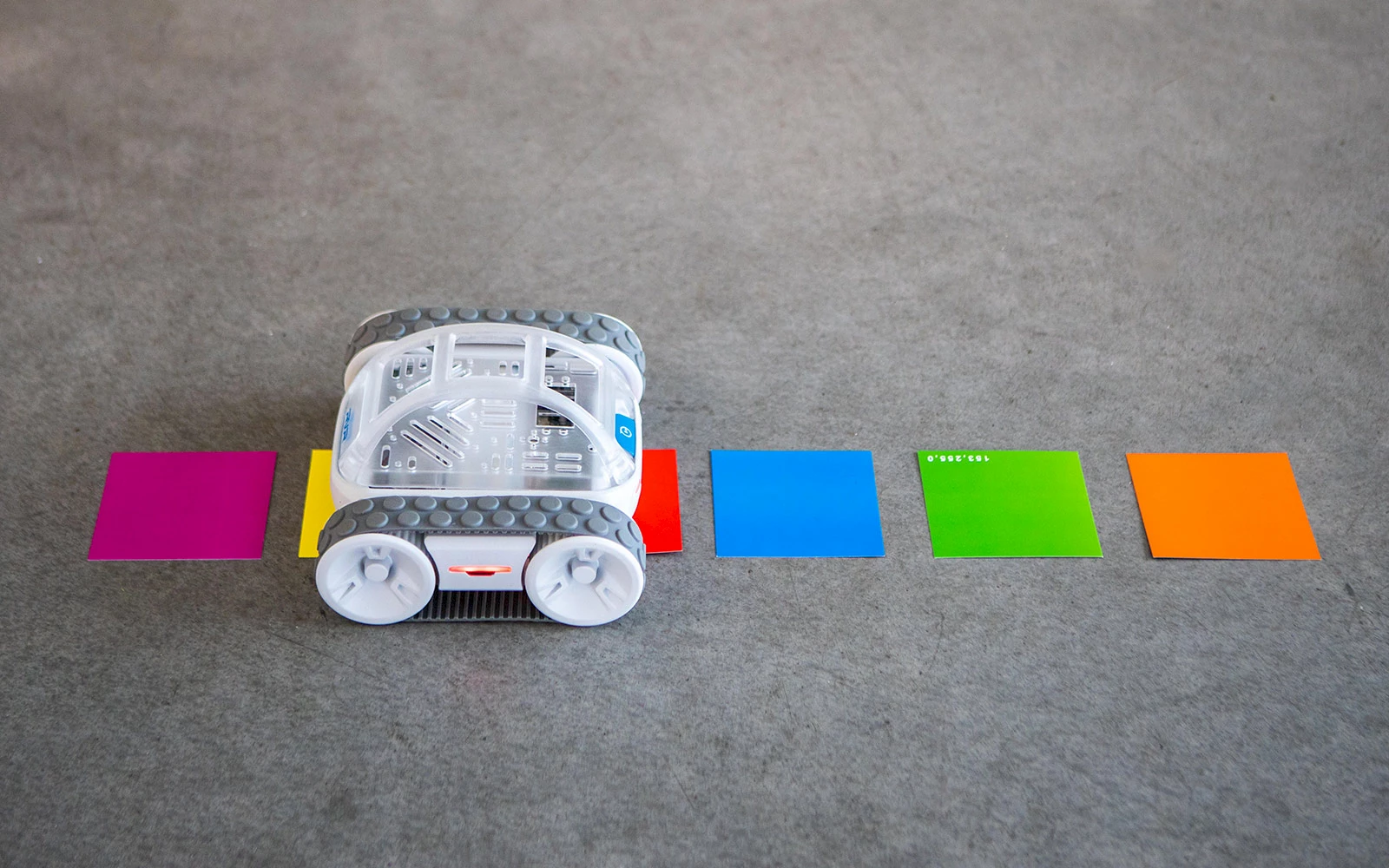
Colour recognition. © Sphero.
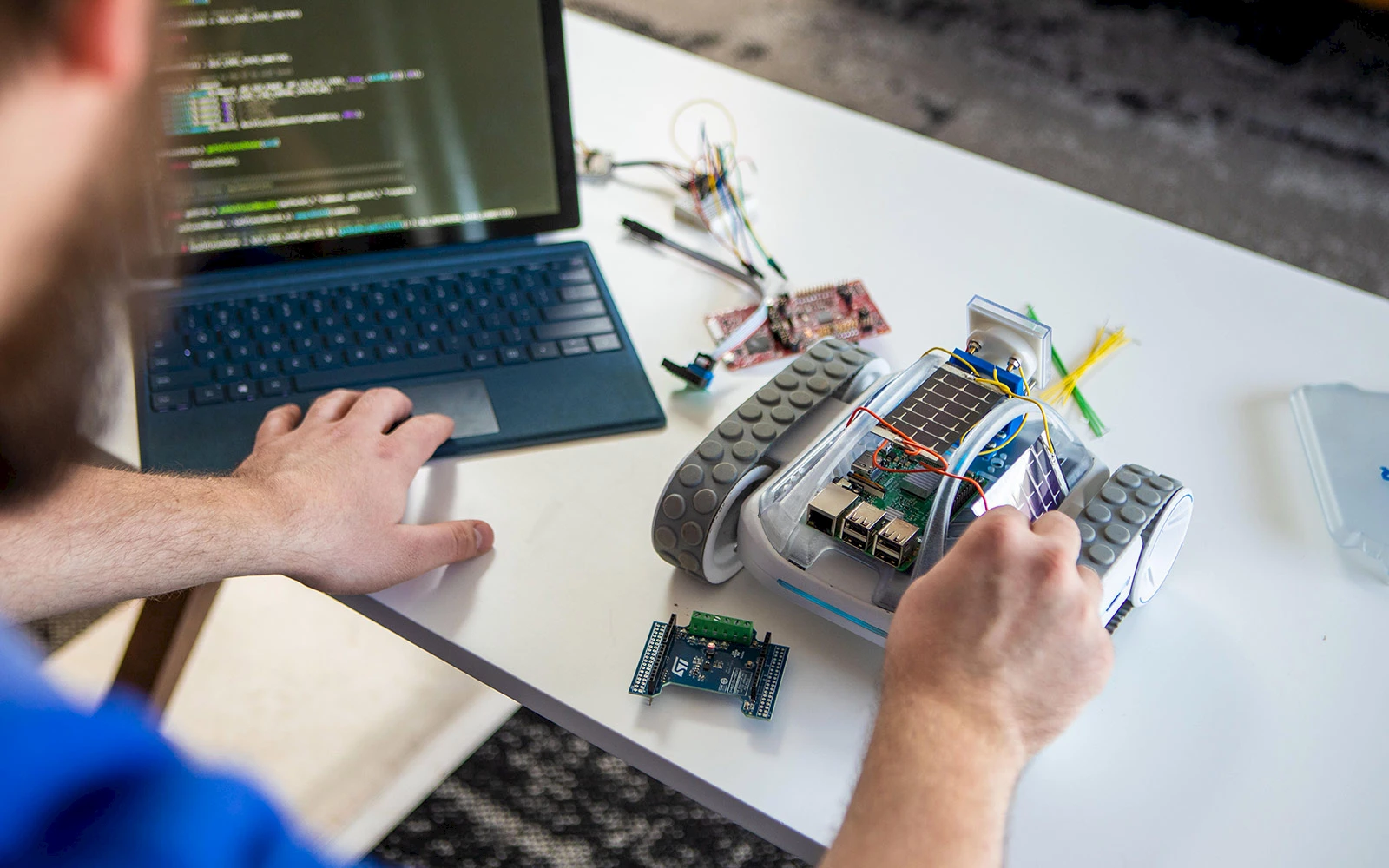
With Raspberry Pi and photovoltaic cells. © Sphero.
⇨ The Verge, “Sphero is crowdfunding its new Raspberry Pi-compatible robot.”
⇨ IEEE Spectrum, “Sphero’s new RVR robot is more hackable than ever.”
Galaxy Fold
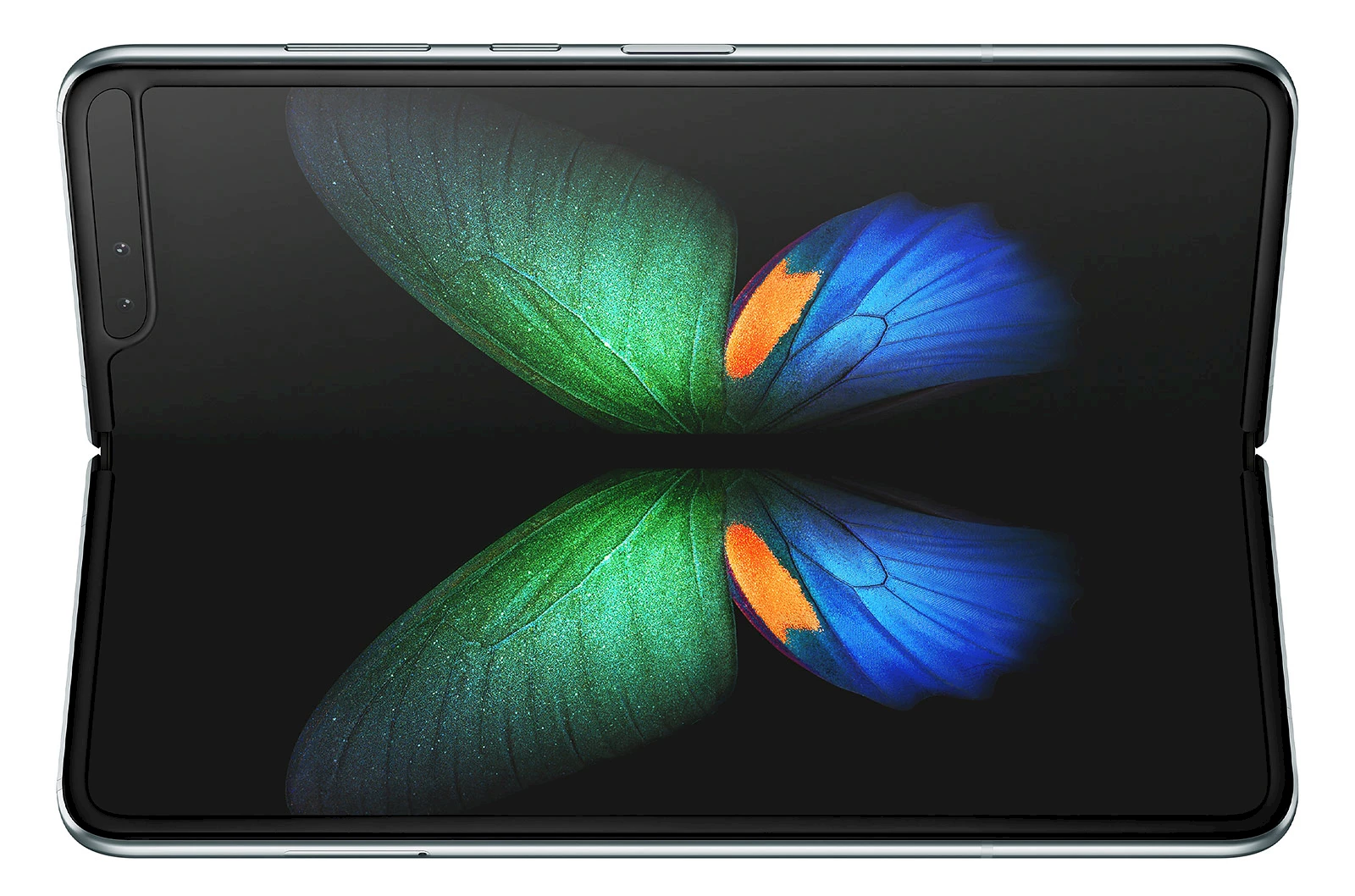
Galaxy Fold. © Samsung.
At the 2019 Unpacked event in San Francisco, Samsung’s presentation of its new collapsible phone stole the show, leaving the Galaxy S10 and S10 Plus in the shadows. In shut phone mode, the device has a screen of 4.6 inches (840 x 1,960 pixels). Open in tablet mode, it deploys a 7.3-inch Infinity Flex flexible display (1,536 x 2,152 pixels). The Fold is equipped with the new Snapdragon 855 octacore printed with the 7 nm lithography process, 12 GB of RAM, 512 GB of storage and two batteries totaling 4,380 mAh. It will be available April 26 in four colors: black, silver, yellow-green, and blue, and in two versions: LTE and 5G. Just one problem: the phone-tablet will cost no less than 1,980 USD (2,615 CAD). Is there a market for such a device at such a price? It seems no-one knows for sure. Though Samsung has opened the market, other folding phones are expected this year from Huawei, Xiaomi and Lenovo.
⇨ Ars Technica, “Samsung’s foldable phone is finally official — meet the Galaxy Fold.”
⇨ The Verge, “The 5 biggest announcements from the Samsung Galaxy S10 Unpacked event.”
⇨ The Verge, “Samsung’s foldable phone is the Galaxy Fold, available April 26th starting at $1,980.”
Smart mini solar camera
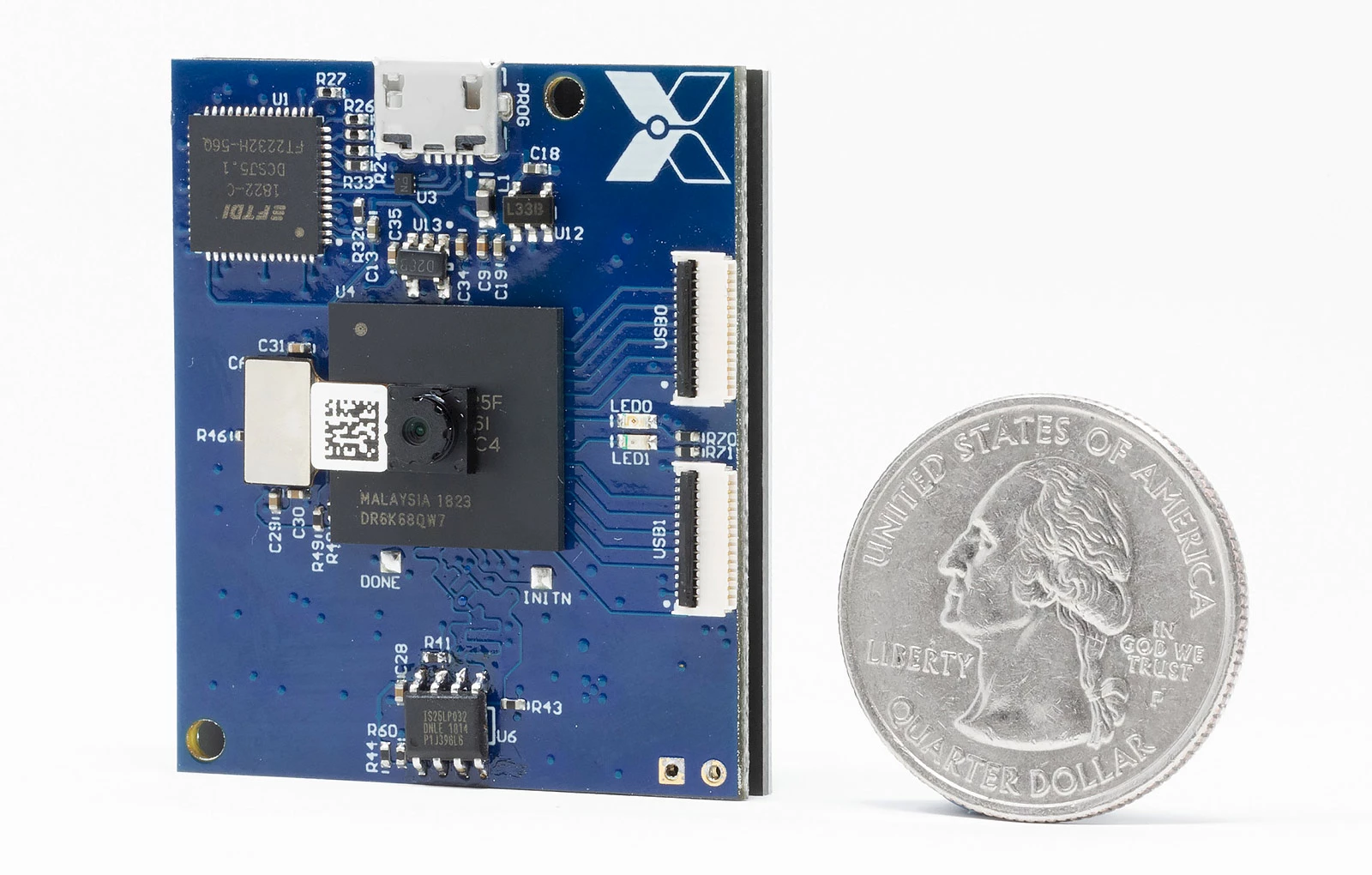
Battery-free solar cam with AI. © Xnor.ai.
Based in Seattle, start-up Xnor presented a prototype wireless mini camera that runs entirely on solar energy and can analyze the image captures. The sensor has a resolution of 320 x 320 pixels and is coupled with an FPGA integrated circuit to process images using artificial intelligence algorithms. The camera transmits data via LPWAN. With an optional battery, the device can store enough energy during the day to operate in low light conditions and at night. The device is not yet commercialized, but its unit manufacturing cost would be around 10 USD. Low cost and energy independence open the door to many new applications.
Traditional models of deep learning are computationally intensive. They customarily use GPUs and are often limited to running in the cloud. Xnor’s approach is to reconvert the models into a proprietary binary convolutional neural network called Xnor-Net. This allows models that are 10 times faster, 20 to 200 times more energy efficient and 8 to 15 times less memory-intensive than traditional deep learning models.
⇨ Circuit Breaker, “This wireless AI camera runs entirely on solar power.”
Nearing the end of Blu-ray?
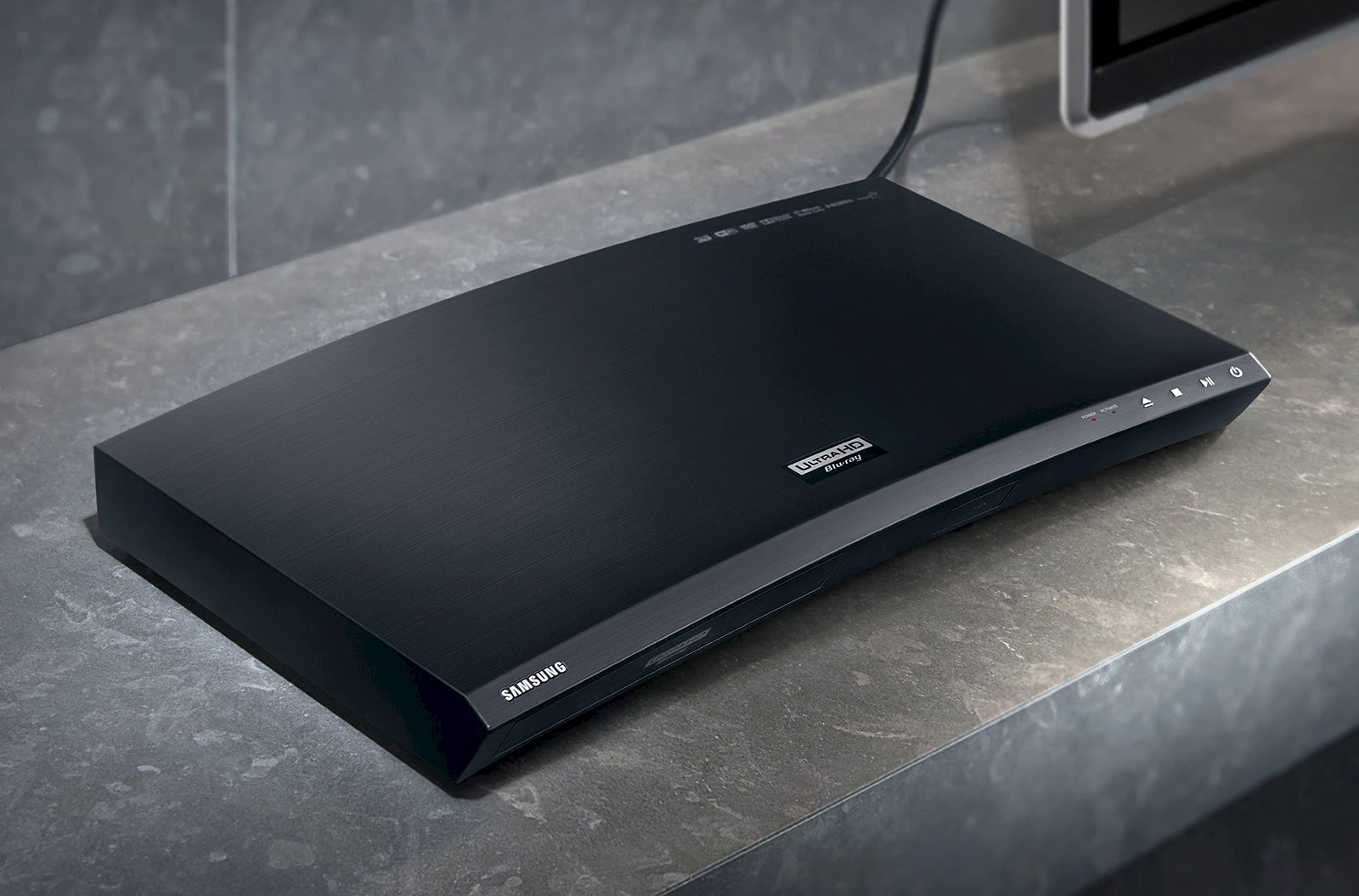
Samsung’s UBD-K8500 Ultra HD Blu-ray player. © Samsung.
Given the huge success of services like Netflix, iTunes and Prime Video, the Blu-ray format seems to be stalling, especially in North America. Samsung, for example, told Forbes and CNET that it would no longer launch new Blu-ray player models and it would stop making Blu-Ray drives for the US market. Sony and Panasonic are currently leaders in the Blu-ray player market and have not announced plans to stop production. Last year, Oppo got out of the Blu-ray business. Even with qualitative advances like the 4K BluRay HDR, the physical medium isn’t able to compete with online options: it seems most people prefer immediate gratification to image quality.
⇨ Ars Technica, “Another blow to Blu-ray: Samsung will no longer make Blu-ray players for the US.”
Non-running shoes
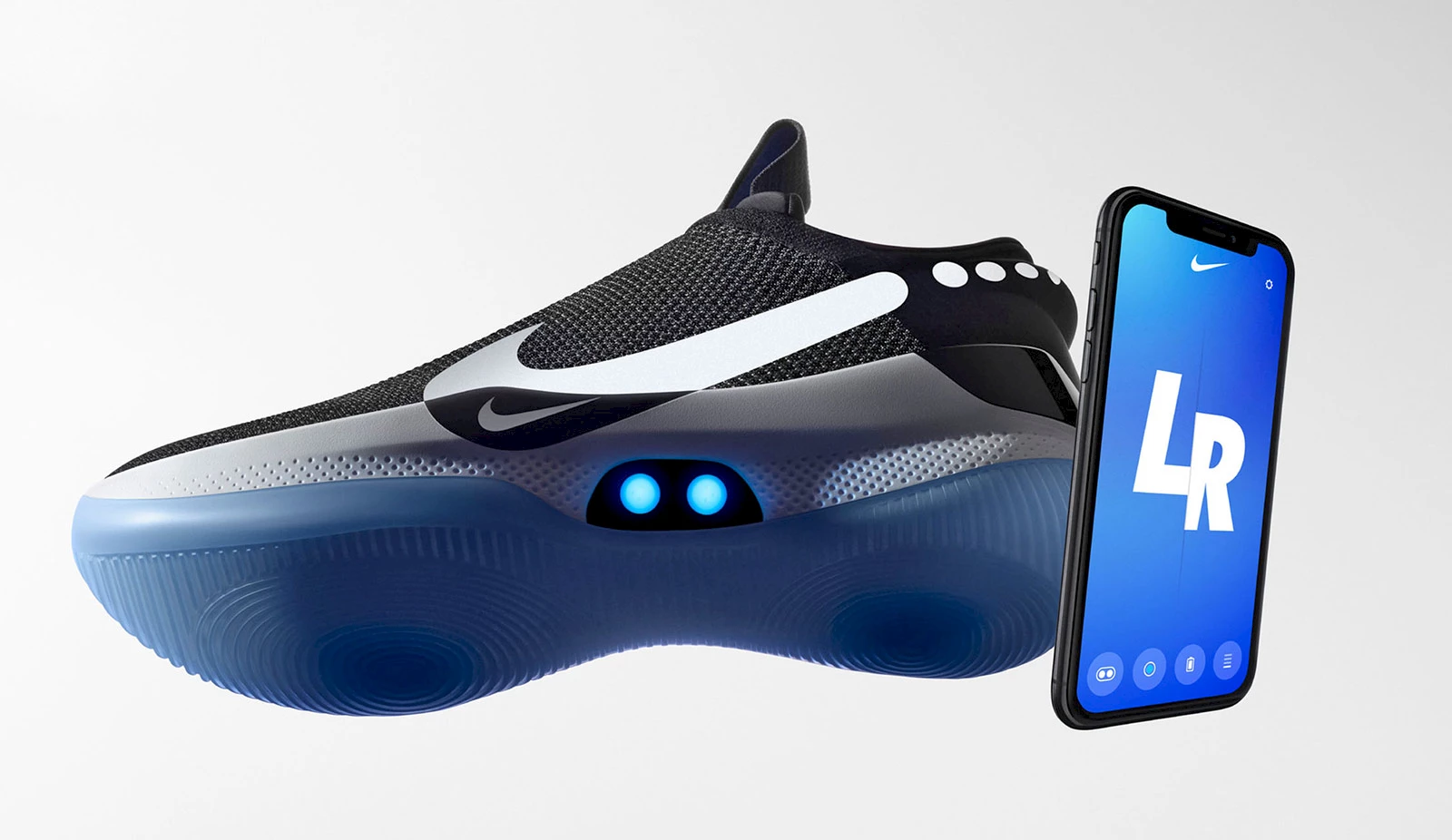
Adapt BB. © Nike.
Nike recently launched Adapt BB, the first smart-phone controlled, self-lacing shoe. Thanks to a motor built into the sole, an application makes it possible to tie and untie the laces. Unfortunately, many users of these 350 USD shoes indicate that after a firmware update, the left shoe won’t synchronize to the phone and no longer laces up. While waiting for a software fix, it’s still possible to adjust the lacing of the Adapt BB with the buttons located on the side of the shoe. Even your shoes are no longer immune to a nasty bug. You can’t stop progress.
⇨ Mashable, “Nike’s new app-connected shoes reportedly fail after faulty update.”
